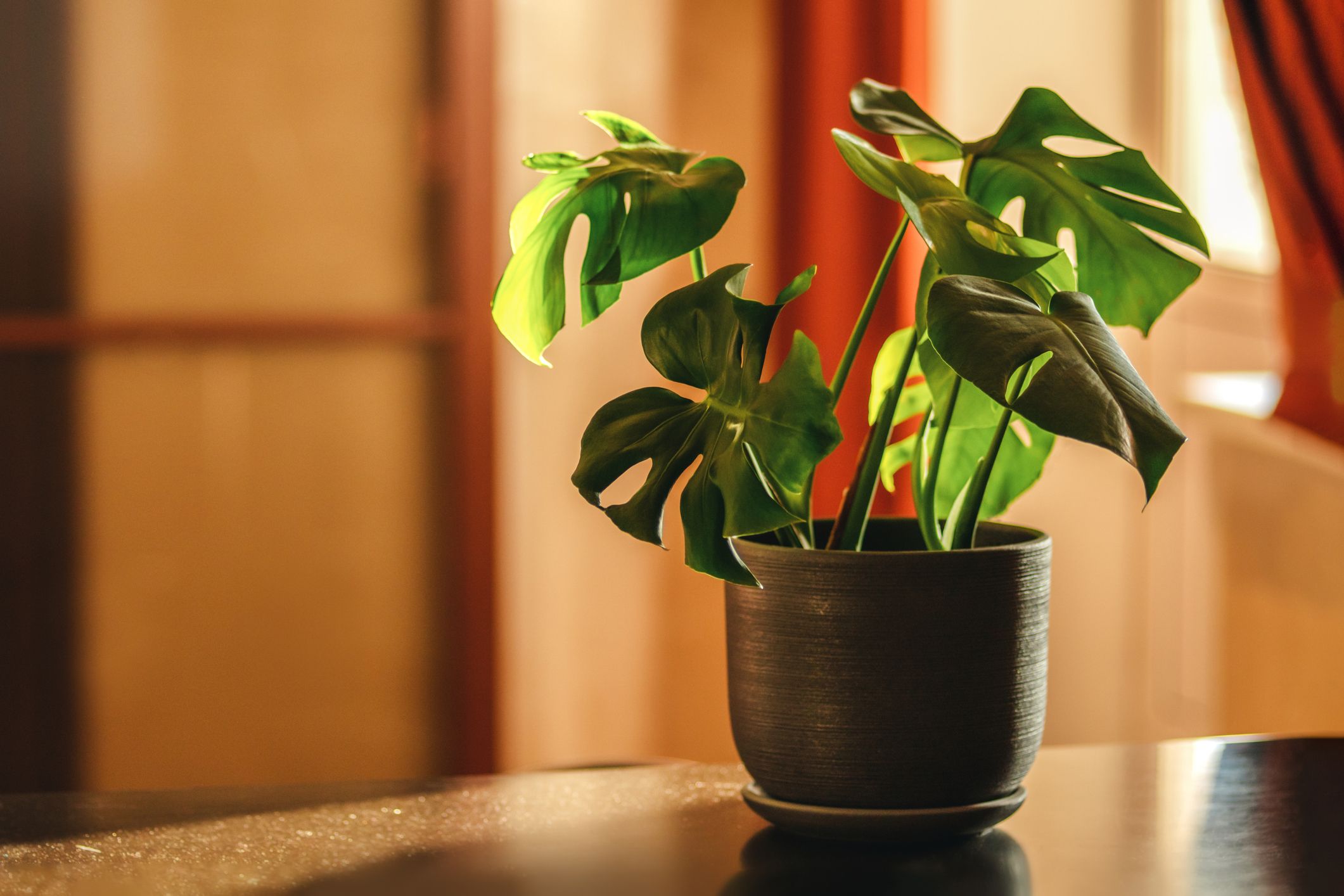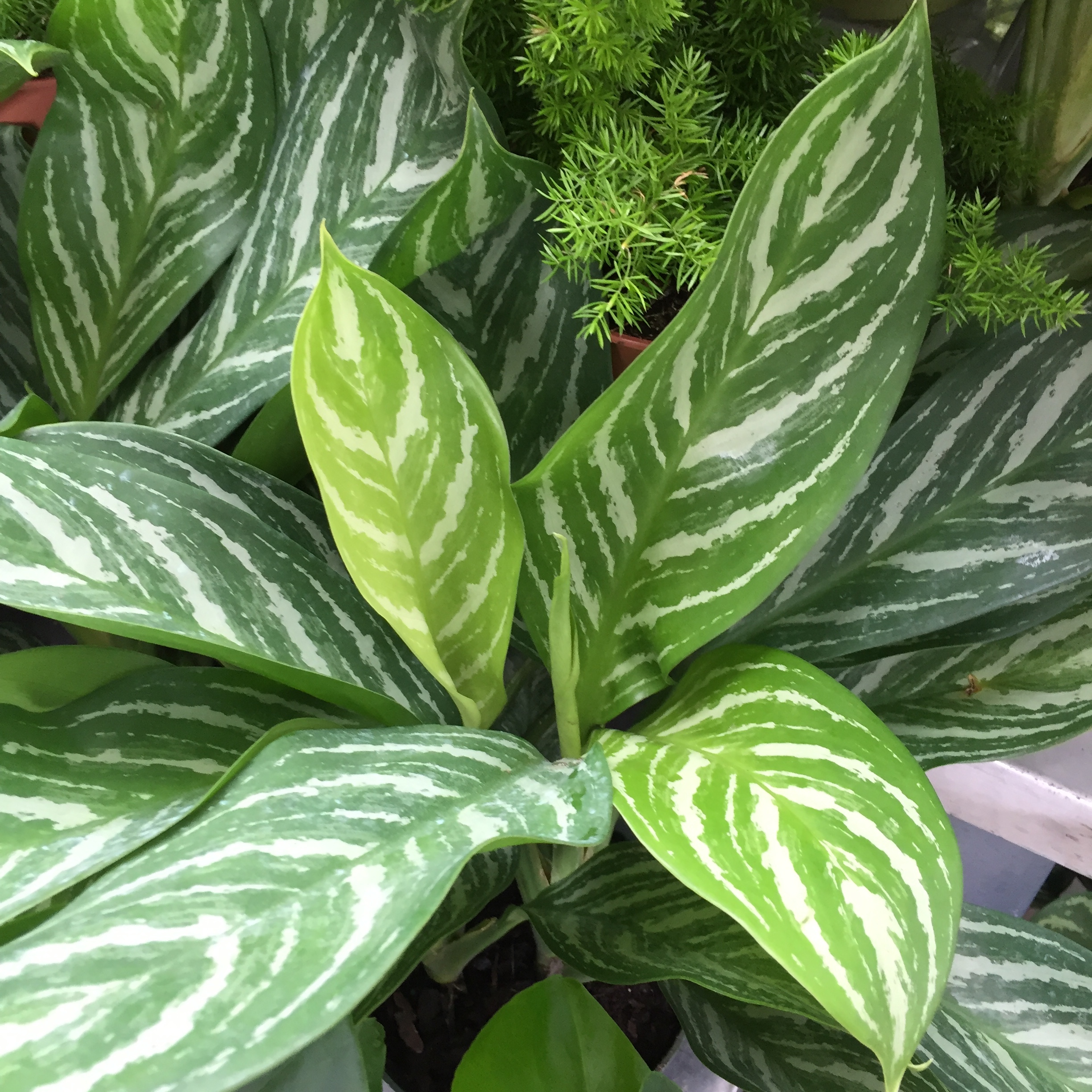The Best Low-Light Indoor Plants You Can Grow Without Natural Light
The Best Low-Light Indoor Plants You Can Grow Without Natural Light
Blog Article
Transform Your Home With Beautiful Low-Light Indoor Plants and Their Benefits
Incorporating low-light interior plants into your home can dramatically boost both the environmental and visual quality of your living areas. These plants, which prosper in dark problems, offer not just as ornamental elements however additionally as all-natural air cleansers, making them optimal for city dwellers or those with minimal sunshine direct exposure. As we check out the numerous kinds of low-light plants and their advantages, you may discover surprising ways to integrate them right into your home that can transform your environments in means you could not have expected.
Advantages of Low-Light Plants
Low-light plants provide countless advantages for interior environments, making them an outstanding option for both beginner and experienced gardeners. Among the main advantages is their versatility to low-light conditions, enabling people to enhance their space without the demand for extensive sunshine direct exposure. This characteristic makes them perfect for houses, offices, and other locations with restricted all-natural light.

Furthermore, including low-light plants into home design can boost the visual appeal of a space. Their lush foliage and varied appearances develop a soothing atmosphere, adding to general well-being. Lastly, the visibility of plant has been connected to reduced anxiety degrees and improved productivity, making low-light plants a useful choice for improving both physical and psychological wellness in indoor settings.
Top Low-Light Indoor Plants
While numerous interior plants grow in bright light, a number of varieties are particularly appropriate for low-light problems, making them optimal for numerous interior spaces. One prominent selection is the Serpent Plant (Sansevieria), known for its striking upright leaves and strength, requiring very little treatment. Another outstanding choice is the Pothos (Epipremnum aureum), which includes heart-shaped fallen leaves and can trail magnificently from racks or wall mounts, flourishing in low light and including a lavish touch.
The ZZ Plant (Zamioculcas zamiifolia) is commemorated for its shiny leaves and ability to endure disregard, making it excellent for active way of livings. The Tranquility Lily (Spathiphyllum) not just endures reduced light however likewise creates magnificent white blossoms, improving any type of space's aesthetic.
For a distinct touch, think about the Cast Iron Plant (Aspidistra elatior), which certainly lives up to its name, thriving in the darkest edges of your home. Last but not least, the Chinese Evergreen (Aglaonema) supplies a range of fallen leave patterns and colors while being exceptionally flexible in low-light problems. These plants not only beautify interior environments but additionally contribute to air filtration, enhancing your space.
Care Tips for Low-Light Plants

Watering techniques are vital; these plants frequently favor somewhat completely dry conditions. Overwatering can cause root rot, so make certain that the leading inch of dirt is completely dry before sprinkling again. Usage pots with water drainage openings to permit excess dampness to get away.
Moisture is another important variable. Numerous low-light plants, such as ferns and peace lilies, gain from greater moisture levels. To increase humidity, consider misting the leaves or positioning a tray of water near the plants.
Fertilization should be come close to with care. Throughout the growing period, utilize a watered down, well balanced fluid fertilizer every month to support development, but prevent fertilizing throughout the dormant winter season.

Imaginative Ways to Display Plants
Interior plants can function as captivating centerpieces in any kind of room, enhancing both aesthetic allure and setting. Innovative screens can raise the visual influence of low-light plants, making them an integral part of your home style. One efficient technique is to make use of tiered plant stands, which permit you to showcase multiple plants at varying heights while taking full advantage of flooring area.
Hanging planters are an additional ingenious alternative, producing a feeling of depth and attracting the eye upward. Consider macramé wall mounts or wall-mounted shelves to introduce a distinct appearance and design.
For a much more structured approach, use geometric terrariums or glass containers to house your plants, including a modern touch to you could look here your interior garden. You can likewise repurpose classic items, such as teacups or wood dog crates, for a diverse screen that reflects your individuality.
Enhancing Home Ambiance With Plants
Incorporating low-light plants right into your home not only improves visual appeal but also adds considerably to the overall setting. These plants act as all-natural decor aspects, presenting a feeling of harmony that can change any kind of area. The existence of plant promotes a calming environment, which is particularly valuable in high-stress environments such as home workplaces or living rooms.
Low-light plants, such as snake plants, pothos, and ZZ plants, are not just cosmetically pleasing however additionally improve indoor air high quality by filtering system pollutants. This double feature enhances the ambiance better, creating a healthier living space (Best low-light indoor plants). The strategic placement of these plants can likewise influence the understanding of space; for example, tall plants can attract the eye upward, making ceilings show up greater and spaces a lot more spacious
Additionally, differing appearances and colors of foliage include deepness to interior decoration, permitting for imaginative expression in home designing. Whether positioned on racks, in edges, or as centerpieces, low-light plants can elevate the mood of any space. In summary, integrating these plants into your home is a reliable way to cultivate a cozy, welcoming atmosphere while profiting of enhanced air high quality and aesthetic flexibility.
Final Thought
Including low-light interior plants into home atmospheres supplies many advantages, consisting of enhanced aesthetic charm and improved air quality. These resilient plants, such as the Serpent Plant and Peace Lily, call for marginal light and upkeep, making them ideal for varied lifestyles. Their ability to filter toxins contributes to a much healthier home, while their varied textures and colors enhance indoor decor (Best low-light indoor plants). Eventually, the incorporation of low-light plants cultivates a tranquil and inviting ambiance, changing any home into a tranquil oasis.
While numerous indoor plants grow in bright light, a number of types are especially well-suited for low-light problems, making them ideal for numerous interior spaces. One effective approach is to make use of tiered plant stands, which enable you to display multiple plants at differing elevations while taking full advantage of floor space.
Low-light plants, such as snake plants, pothos, and ZZ plants, are not only visually pleasing yet additionally boost interior air top quality by filtering toxins. Best low-light indoor plants. The tactical placement of these plants can additionally affect the understanding of area; for instance, high plants can draw the eye up, making ceilings appear greater and spaces a lot more sizable
These important link durable plants, such as the Snake Plant and Peace Lily, require minimal light and maintenance, making browse around this web-site them ideal for varied way of lives.
Report this page